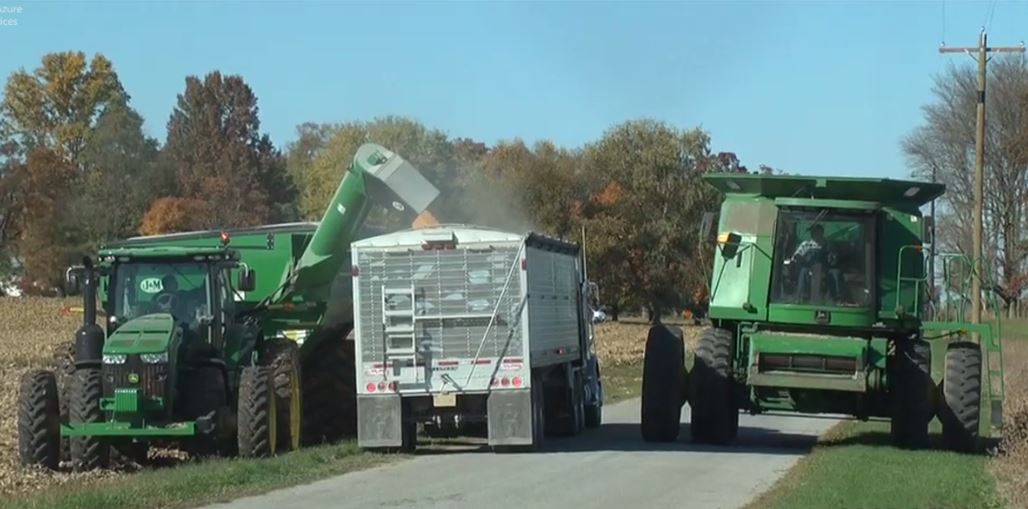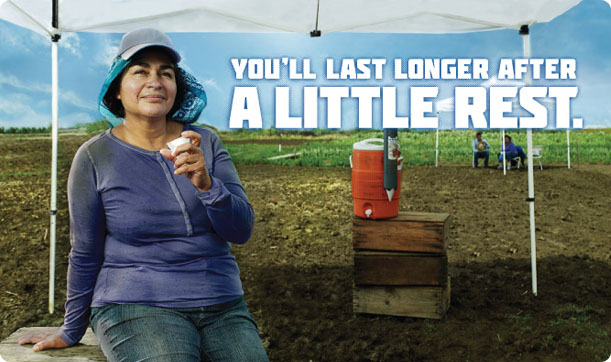Regardless of the crops you grow, harvest season is one of the most hazardous times of the year. There are a wide range of activities, extensive equipment operation, long hours, dust and chaff, multiple fire hazards, and time pressure that all increase the risk of injury.
Don Tyler

Recent Posts
Blended Learning refers to the use of a variety of training tools to maximize retention of the material. It may include a broad range of techniques including pre-knowledge assessments, performance goals, e-learning, live training, individual training, post-knowledge assessments and virtual or live coaching.
Topics: safety culture, safety training program
If you have a dairy operation in Wisconsin or upstate New York, or a pork production facility in Minnesota, or a feedlot in the plains states, you know that OSHA has been looking at you with greater intensity. Other parts of the country are seeing similar increases in inspection activity. States with their own OSHA agencies have regulations that are more strict than those of federal OSHA. With Agriculture being the last high-risk industry that they haven’t targeted for significant improvements, it’s only logical that they would go here next. Additionally, it is now commonplace for a disgruntled former employee to report specific infractions to these agencies in retaliation for perceived unfairness or mistreatment. If you aren't compliant, just think of that inspector going through your operation with a checklist, ringing up expenses to you faster than a teenage girl using dad's credit card to shop for the prom.
Topics: OSHA law & compliance, OSHA inspections & violations
Accurate fatality rates for agricultural workers from heat stress can be difficult to obtain due to the varied nature of these duties and the fact that some of the deaths on small farms may not be considered work-related. A review of publications would indicate that the fatality rate in agriculture is near 4 deaths per one million workers per year, or about 20 times higher than the .2 rate for other US workers overall. The most common cause of fatalities due to heat stress is not taking an adequate number of days to get fully acclimated to a hot working environment. See: Heat Illness and Death Among Workers (CDC): https://www.cdc.gov/mmwr/preview/mmwrhtml/mm6331a1.htm
Topics: heat stress
“Nobody likes getting older, but it’s better than the alternative…” is a phrase that we hear often in regards to aging. When it comes to safety on the farm, we need to respect the fact that as we age we don’t have the same reflexes, strength, flexibility or agility that we had in years past. This progresses faster in some people, and slower in others. We must learn to gauge our own abilities and be realistic in the activities we choose to do—and how we choose to do them.
Topics: farm
A dairyman was in a hurry to get some heifers treated and when going over a gate, accidentally stuck a syringe filled with a powerful cattle treatment drug in his leg, just above the knee. He was unconscious before he hit the ground and laid in snow and mud for around four hours before waking up just enough to call for help. A quick-thinking family member called their veterinarian so he could contact the EMT’s to be sure they used the right treatment. If they had used their standard procedure for this type of reaction, they would have killed him instantly. Still, he had to be revived three times on the way to the hospital.
Topics: pharmaceutical handling, agriculture, farm, chemicals
Many ag businesses utilize contractors on a regular basis as electricians, millwrights, veterinarians, nutritionists, mechanics, engineers, technicians and other professionals. If they are working on your operation and get hurt, are you liable even if they aren’t an employee? The short answer is YES, but there are ways to limit your liability and most importantly, ensure their safety while at your operation.
Topics: special cases
May has been designated as National Electric Safety Month by the Electrical Safety Foundation International. Here are some important electrical safety tips to share with your employees:
Topics: lockout-tagout (LOTO), electrical
Vendors, processors, retailers, lenders and other allied industry in agriculture are requiring more and more audits of our production practices. One request that is becoming more common is verification that growers and producers of commodities are providing Safety Training to their employees. Though this is somewhat new to agriculture, these requests are accelerating. It isn’t just OSHA that is interested in validating your training practices. These entities see it as another area that they can assure their customers that the food they eat is produced in a sustainable, environmentally-friendly and employee-friendly manner.
Topics: safety training program, OSHA law & compliance, agriculture
Whether you have a robust Safety Training program in place, or realize that you must get one started very soon, it can be helpful to establish your core objectives at the beginning of each year. Here are some considerations:
Topics: safety training program, insurance/ risk management, productivity / goals / motivation












